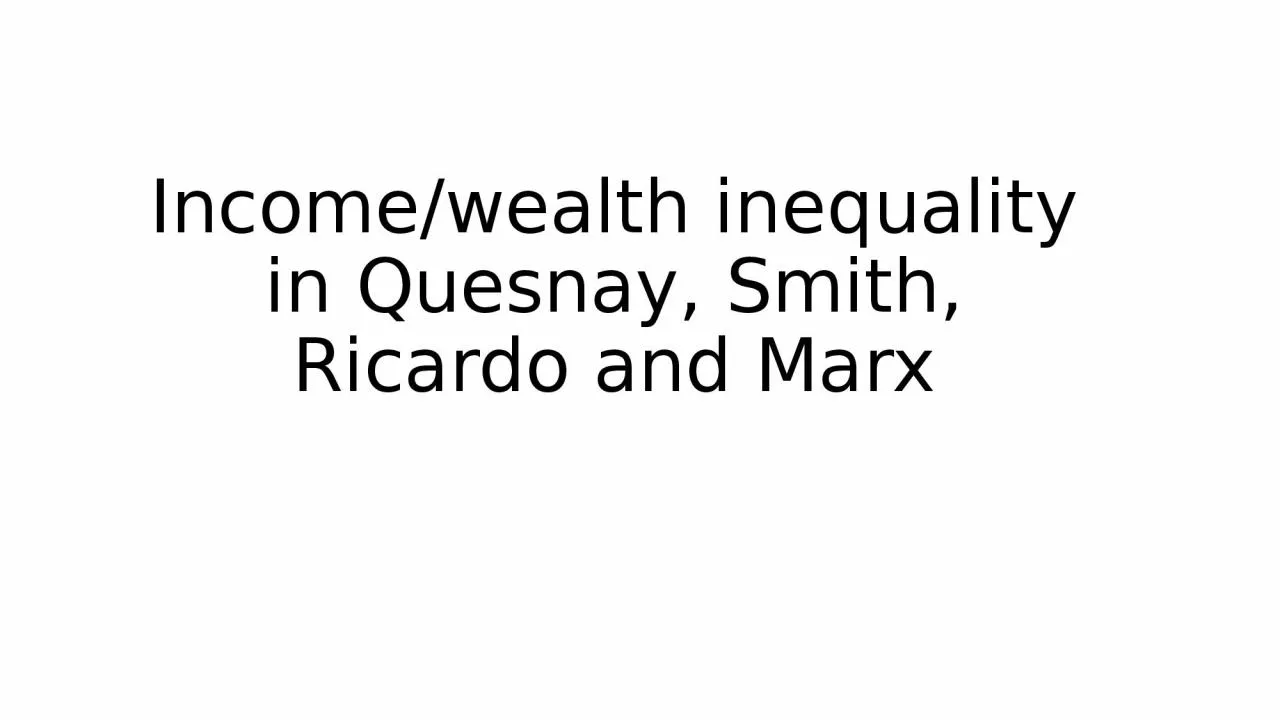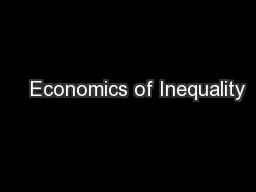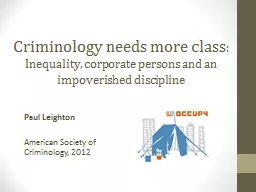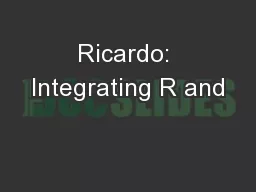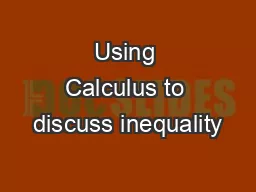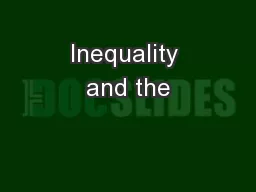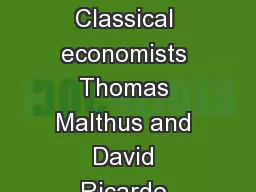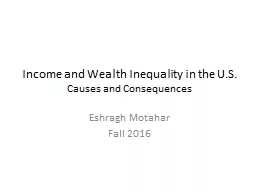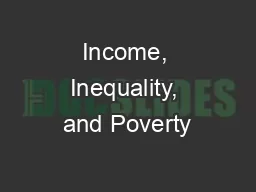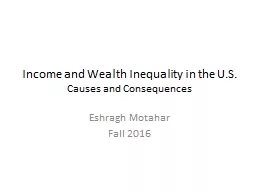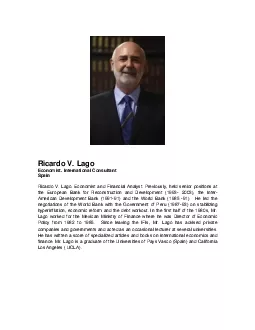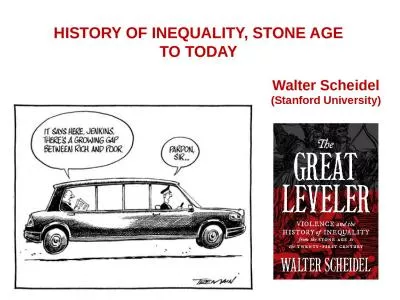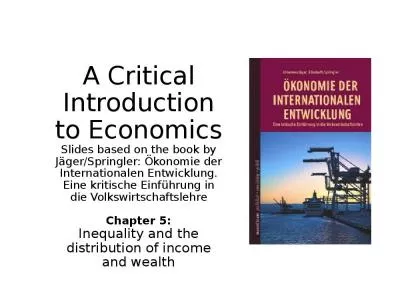PPT-Income/wealth inequality in Quesnay, Smith, Ricardo and Marx
Author : melanie | Published Date : 2022-06-15
1848 1923 1901 1985 1903 1984 Pareto Kuznets Tinbergen 1823 1772 Ricardo 1818 1883 Marx 1971 Piketty 1884 1887 1965 Dalton Gini 1962 Atkinson 1944 2017 Smith 1790
Presentation Embed Code
Download Presentation
Download Presentation The PPT/PDF document "Income/wealth inequality in Quesnay, Smi..." is the property of its rightful owner. Permission is granted to download and print the materials on this website for personal, non-commercial use only, and to display it on your personal computer provided you do not modify the materials and that you retain all copyright notices contained in the materials. By downloading content from our website, you accept the terms of this agreement.
Income/wealth inequality in Quesnay, Smith, Ricardo and Marx: Transcript
Download Rules Of Document
"Income/wealth inequality in Quesnay, Smith, Ricardo and Marx"The content belongs to its owner. You may download and print it for personal use, without modification, and keep all copyright notices. By downloading, you agree to these terms.
Related Documents

